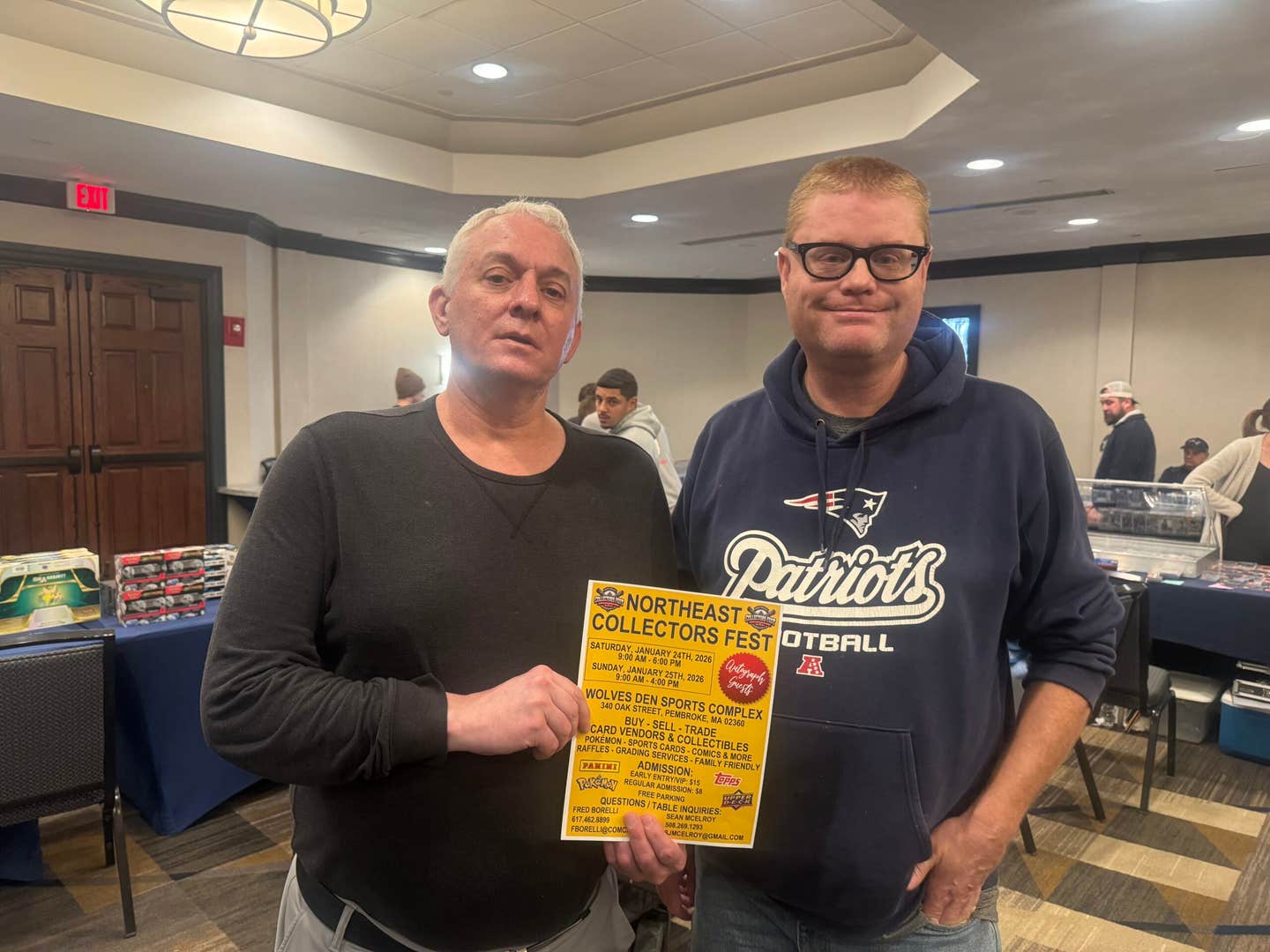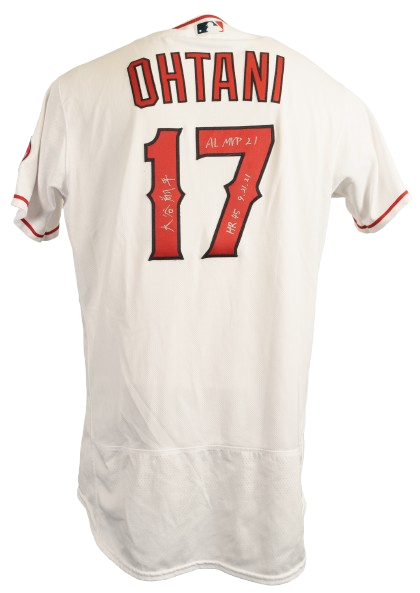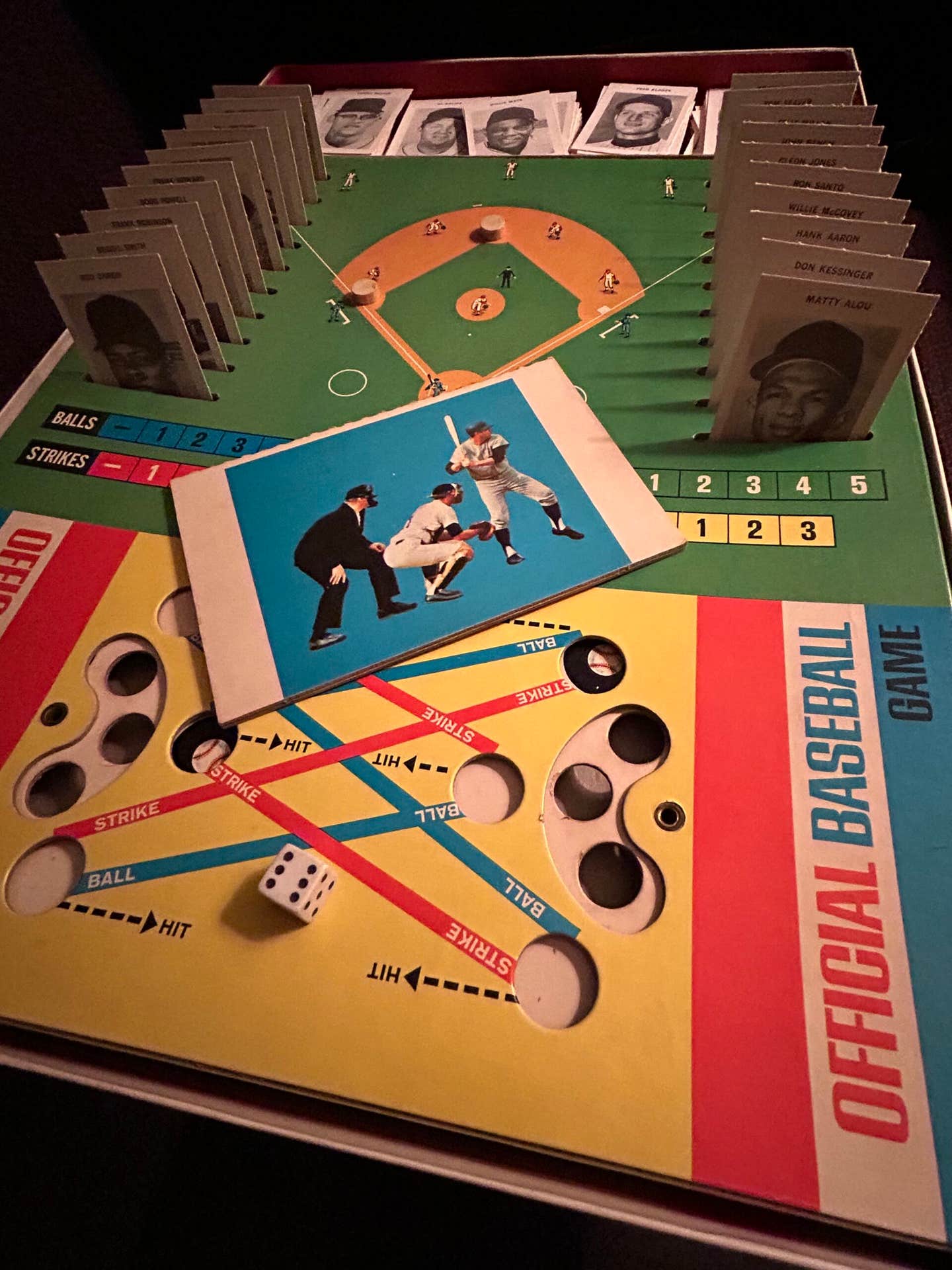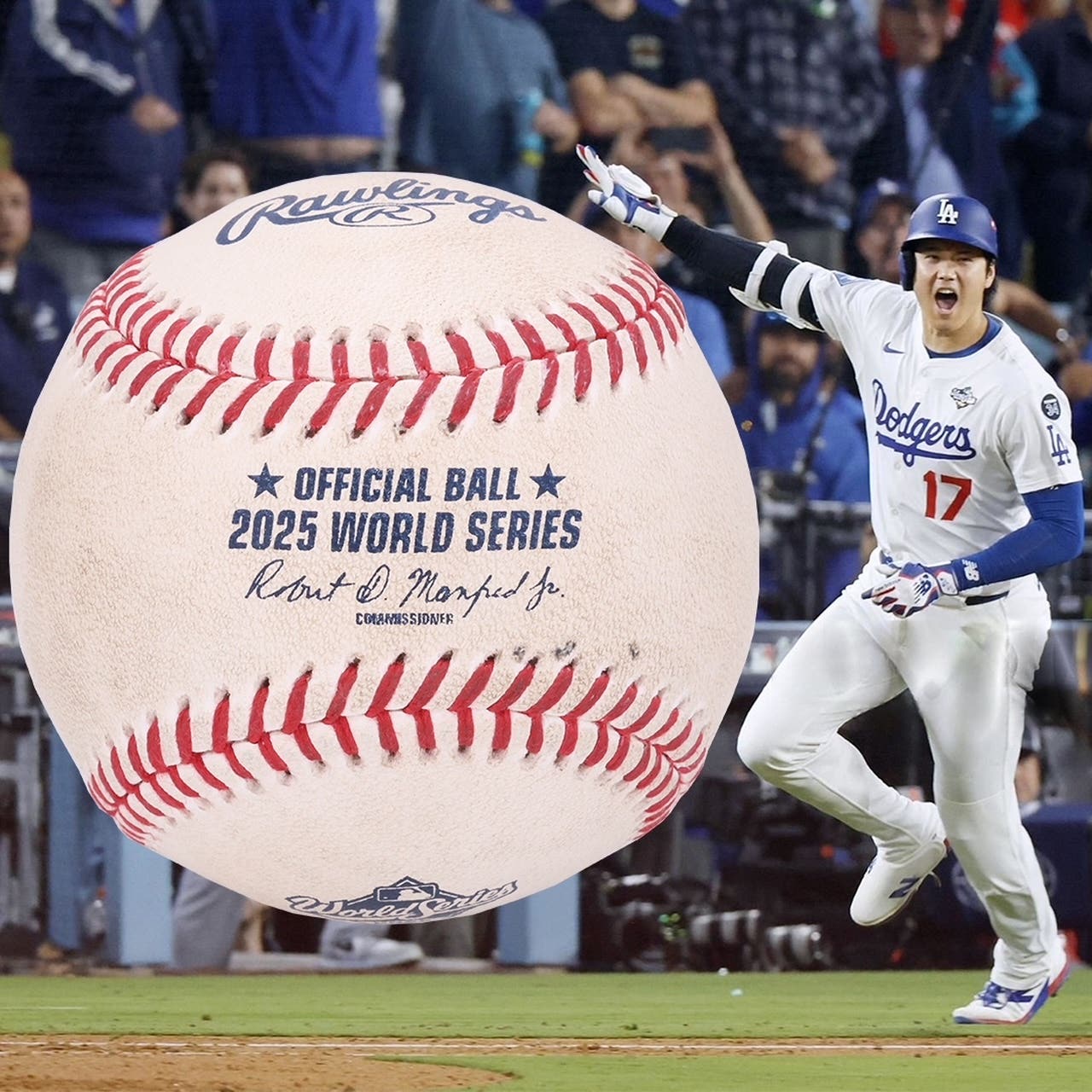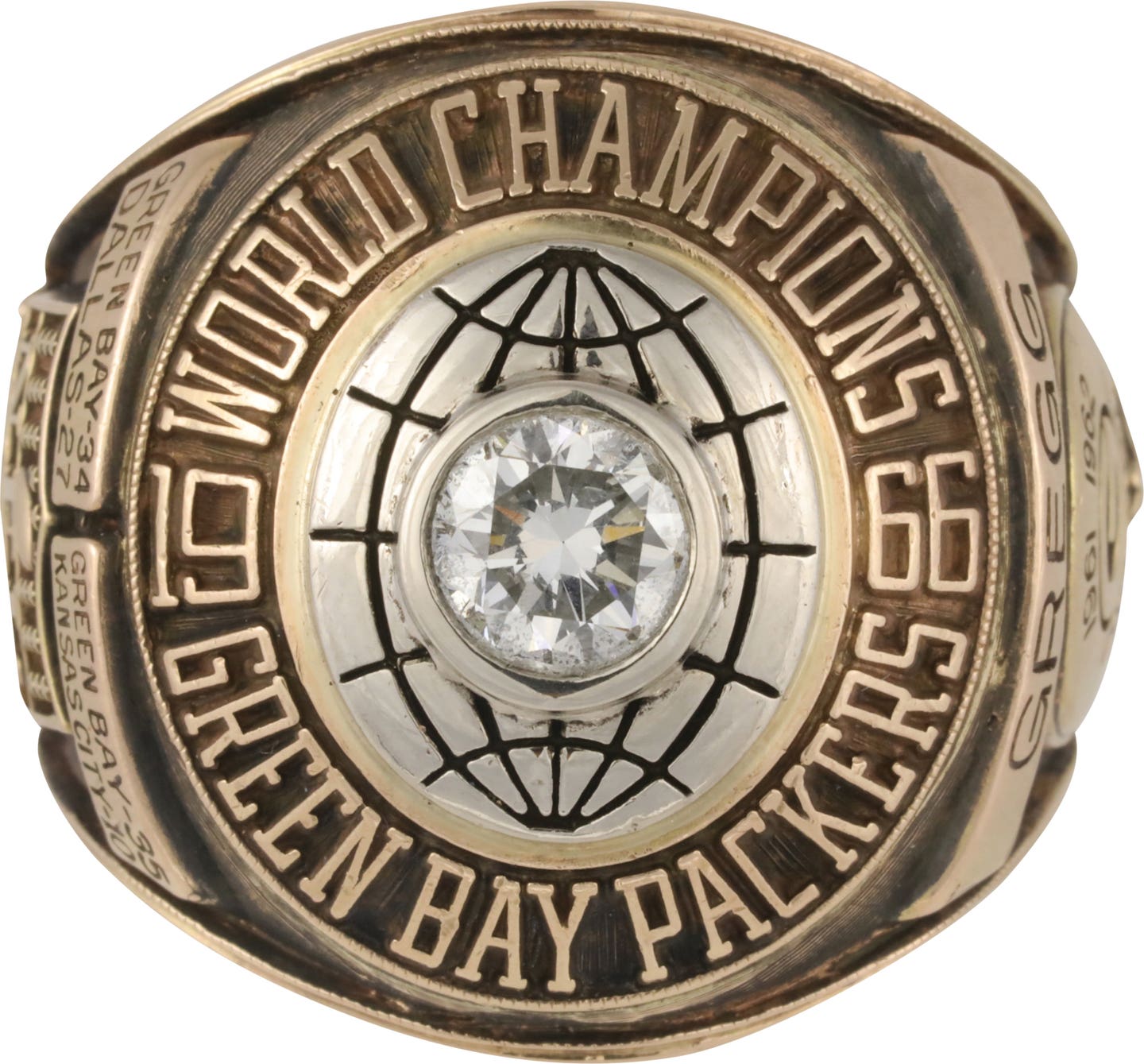Memorabilia
The $1 Million Common of Chuck Goggin – Part 2
By Ronnie Joyner
This is the story of an unlikely pair of vintage Topps cards: 1973 Topps No. 50 — Roberto Clemente and 1974 Topps No. 457 — Chuck Goggin. These are two cards that, on the surface, seem worlds apart and unconnected.
The 1973 Topps No. 50 was Clemente’s last card; the 1974 Topps No. 457 was Goggin’s first, and only, card. This is the final part of a two-part feature about the journeyman and the Hall of Famer. Part I appeared in the Oct. 26 issue of SCD.
Managers at Triple-A Spokane and Columbus had increasingly used Chuck Goggin as a utility player in the 1969 and ’70 seasons, and because of that he felt he was at a tipping point in his career prior to the 1971 season. It was at that point that Goggin proposed a deal with Pirates farm director Harding Peterson.
“You need a catcher at Double-A, and I don’t want to go back to Triple-A and be a utility player,” Goggin explained to Peterson. “How about if I go to Double-A and be your everyday catcher. I want to play everyday to show you guys that I can play, and you guys need a catcher. It’ll take care of both things. What would you say to that?”
Peterson liked the idea, telling Goggin he’d think it over. Then Goggin hit the ex-big-league-catcher-turned-executive with a potential deal-breaker, informing him that it would “cost him.” Surprised at Goggin’s spunk, Peterson asked him to explain. “I don’t own a catcher’s mitt,” Goggin said. “You guys don’t pay me a lot of money, but I’ll go do it if you guys will buy me two catchers mitts.”
The deal was done, and it turned out to be a boon to Goggin’s hopes to make it to the majors. He excelled at catcher with Waterbury in ’71, hitting .311 and making the Eastern League All-Star squad. He was called up to Triple-A Charleston, where he continued to play well. Goggin followed that campaign with an even better season at Charleston in 1972, finishing second to Dwight Evans in voting for the MVP award of the International League. With that, Goggin’s long struggle was complete — he’d been informed that he was being called up to join the Pirates for the remainder of the big-league regular season.
Goggin joined the Pirates on Sept. 8, 1972. The ballclub was in Montreal for a four-game series with the Expos, beginning with a twin-bill that day. Goggin made his big-league debut in the nightcap, drawing a walk while pinch-hitting for Dave Giusti in extra innings. With the Pirates fighting for the N.L. East title, the rookie’s appearances were limited to just two more pinch-hitting appearances over the next few weeks. He’d been retired both times — a grounder to second and a fly ball to center. The Pirates clinched the division on Sept. 21 with a 6-2 victory over the Mets at Shea Stadium, and little more than a week later, Goggin’s rookie storyline would mesh forever with Clemente.
“We were getting ready to play the Mets at Three Rivers Stadium,” Goggin remembered. “I was sitting on the bench when someone came up and told me that I’d better go look at the lineup. I looked and saw that I was starting the game at second base and batting leadoff. I went over and talked to Bill Virdon, the manager, and he said, ‘Yeah, I’m sorry. You’ve been sitting there for a month, and I wasn’t able to use you because of the division. But we’ve clinched now, and I wanted to get you in a game.’ ”
Despite the fact that the game was meaningless in the now wrapped-up N.L. East, it had huge significance for another reason. Clemente had collected hit No. 2,999 in the previous day’s 1-0 loss to the Mets, so this game left him perched at the precipice of hit No. 3,000. He was just the 11th big leaguer to be in such rarefied air.
“It was a big game because Roberto was playing right field, and he had 2,999 hits,” Goggin said. “And I had zero hits. But my first time up I got a hit off John Matlack. The Mets rightfielder came in and got it on one hop and threw it in to second base. This was before the time of all the high-tech stuff, but we had a Jumbotron screen up there. At that moment, they put up a caricature of my face, along with the message, ‘That was Chuck Goggin’s first major-league hit!’ Doug Harvey was umping at second and he saw it. He said, ‘Time out! Let me see that ball.’ He got the ball and flipped it to me, saying, ‘I thought you might like this.’ I thanked him very much, and I still have the ball. It’s in a little ball holder right alongside my baseball card.”
Goggin stood at first, hoping to still be on base when Clemente batted from the No. 3 slot. “My hope was that Roberto would get his 3,000th hit while I was on base,” Goggin explained, “because I thought it might be televised everywhere and somebody might get a chance to see me.” Goggin’s hopes were dashed, however, when Rennie Stennett, the No. 2 hitter, slapped into a double play. It was all a moot point when Clemente followed Stennett by striking out.
Picking up the storyline a short time later, Goggin said, “So the game progressed, and I got up to hit again with two out in the bottom of the third. Well, I got another base hit off Matlack. Once again, I was hoping to still be on base when Roberto came up with a chance to hit number 3,000. But Stennett hit a grounder to short, which forced me for the last out of the inning, leaving Roberto in the on-deck circle. As fate would have it, Roberto led off the next inning by hitting a double. So it didn’t work out that I was on base when he got it, but I was very happy for him nonetheless.”
Goggin had his last truly meaningful moment with Clemente in the clubhouse after the game. “Roberto was very gracious to share the stage with me on the day he got his 3,000th hit,” said Goggin. “My locker was just two or three down from him. All the sportswriters from all around the country were wedged around Roberto’s locker interviewing him after the game. I just sat there and listened, taking it all in.
“The national media eventually left, but a reporter from the Pittsburgh paper stayed. He was asking questions while Roberto sat there and flipped a baseball around in his hand. The reporter asked him if that was the ball from hit No. 3,000, and Roberto said yes. Meanwhile, I was still there listening to them while I held my game ball, too. Then the reporter looked over to me and said, ‘That’s the ball from your first hit, isn’t it?’ I said, ‘Yes it is.’ Then the reporter asked me to stand next to Roberto for a photo. So he snapped a photo of the two of us, each holding our game ball. I never saw it in any newspapers, but a couple of months later, I received a copy of the photo while I was down in Puerto Rico during winter ball. The reporter mailed it to me from Pittsburgh. I treasure that photo.”
The Pirates played three more games after Clemente collected his 3,000th hit and Goggin his first, but Virdon rested Clemente in two of those games, using him only once as a late-inning defensive substitute. He did not bat in any of those remaining games, so hit No. 3,000 turned out to be Clemente’s last.
Goggin was still in Puerto Rico with a number of other young Pirates players when Clemente was killed. It was New Year’s Eve, and many of them had gathered on the patio of a waterfront condo to celebrate the occasion. Shortly after midnight, Goggin, along with teammates Richie Zisk and Bob Johnson, noticed a slew of activity going on over the ocean involving helicopters, planes and searchlights. They assumed it was a missing boat, or possibly a plane crash, but none of them had any idea that the commotion was linked to the tragic death of Clemente.
Goggin went to spring training in 1973, confident that he would make the Pirates and be an integral part of their full season. “I’d had two hellacious years in a row in the minor leagues, and I’d done well in the big leagues in my limited time there,” noted Goggin. Ironically, however, the ripple effect from Clemente’s death would ensure that Goggin would not, in fact, get his big break with the Pirates. To try to fill the void left in their lineup by Clemente’s passing, starting catcher Manny Sanguillen was moved to right field. Milt May, previously the No. 2 catcher, became the No. 1 backstop. That left the Pirates in need of a new No. 2 catcher, a scenario that would have seemed to bode well for Goggin considering his successful experience catching at Waterbury.
In his heart, though, Goggin knew he wasn’t a big-league catcher. His strength was as an infielder. The Pirates, apparently, felt the same way, but their infield was set. Goggin made the team out of spring training, but things did not go well early. “We were about a month into the season and I’d only been in one game,” he continued. “I’d got into a game just a couple of weeks into the season when we were in Chicago. I was sent behind the plate in the seventh inning. The next inning, I singled and scored when Al Oliver homered. So I had a 1.000 batting average, but I never played for the Pirates again.”
Feeling the need to bolster their catching corps, Pittsburgh purchased Jerry McNertney from the Oakland Athletics — and sent Goggin back to Triple A. This time, however, Goggin wasn’t going to play ball by their rules. Feeling he’d proved everything there was to prove at the minor league level, Goggin informed Pirates general manager Joe Brown that he would not accept a long-term demotion. He gave Brown an ultimatum: “I’ll go back to the minor leagues, and I’ll give you two weeks,” Goggin told Brown, “but I’m quitting and going home if I haven’t been traded by then.”
Backed into a corner, Brown sold Goggin to the Atlanta Braves on May 24, 1973.
The deal was the best thing that could have happened to Goggin. “I joined the Braves around June 1, and I really enjoyed it,” Goggin recalled. “I liked everybody there. I did not play every day, but I got to play quite a bit. I had a good year for them and was a good pinch hitter. I finished the season with a combined average of .297. Man, I was really looking forward to 1974.”
He had good reason to look forward to 1974. Against incredible odds, he’d finally made it. Not only had he outlasted countless other ballplayers with whom he’d fiercely competed for so many years, he’d also avoided the fate that befell so many of his generation — death in the jungles of Vietnam. But now, six years removed from the perils of war, it was the safe confines of the baseball diamond that did Goggin in.
“I went to spring training, and we were warming up in the outfield,” said Goggin, a hint of pain still in his voice. “Doing sit-ups and stuff like that. All of a sudden, I heard a ‘pop’ in my back. I’d ruptured a disc.”
Goggin’s dream season turned into a nightmare of disabled lists, trades and unfulfilled promise. He played in two games with the Red Sox at the end of the ’74 season, never again returning to the big leagues. He coached and managed in the minors for a few years, but then decided to leave the game to provide a more stable life for his young son.
Goggin is proud of the success he achieved in a number of his post-baseball jobs, one being a long run as a United States Marshall appointed by President Reagan, but his pride is most evident when he is reliving his years in baseball. And there’s nothing that he’s more proud of than his baseball card — 1974 Topps No. 457.
“1974 was the only baseball card I ever appeared on,” said Goggin. “I had been under contract to Topps since I first signed back in 1963, but it took me 11 years to finally be on a card — and I loved it. Shortly after signing my first contract with the Dodgers, I received a contract in the mail from Topps. They gave you the choice of $150 or a set of golf clubs to sign. It actually wasn’t a full set of clubs, either, it was the three, five, seven, nine. I took the golf clubs.
“That first contract locked the player up for life, but they had to pay you again each and every time they made a card of you — if they ever made a card of you. In that case, they would again give you $150, or let you choose something out of their catalog. The items in the catalog had either one or two stars next to them. You could pick two things that had one star or one thing that had two stars. I chose a washer and dryer, which was a two-star item. It was the fist washer and dryer I ever owned. I had those for many years, long after I got out of baseball. I guarantee that I got more than 20 years of use out of that washer and dryer set. It was a great baseball card and great payment.”
Goggin added, “The photo that appears on the card was actually shot in 1973 for use in the next season’s card set. We were in New York playing the Mets when the Topps photographer took the picture of me. So I was actually with the Red Sox in ’74 when my card came out showing me in a Braves uniform.”
A ballplayer to his core, Goggin has a realistic but heartfelt view of his career.
“All I ever wanted to do was be a major-league baseball player,” he said sincerely. “Okay, I was not a superstar in the big leagues, but I made it to the big leagues. I’m very, very proud of that. I know deep in my heart that I was a good enough ballplayer to be a good major-league player if I hadn’t been injured so many times before I ever got there. There’s not a thing I can do to change that, so I have no regrets.”
There’s another thing Goggin wouldn’t change, either — not for a million bucks: 1974 Topps No. 457. That 21/2-by-31/2-inch piece of gum-stained cardboard, now 33 years old, stands as validation that he was one of the elite — a major leaguer. “I’ll tell you something about that card,” Goggin confided, “and I mean this from the bottom of my heart. This is the truth. If you told me that you would give me $1,000,000 tax-free, but that card goes away and it never existed — I wouldn’t take the money.”
Ronnie Joyner is an accomplished artist and author whose drawings have appeared in the pages of SCD for many years.



